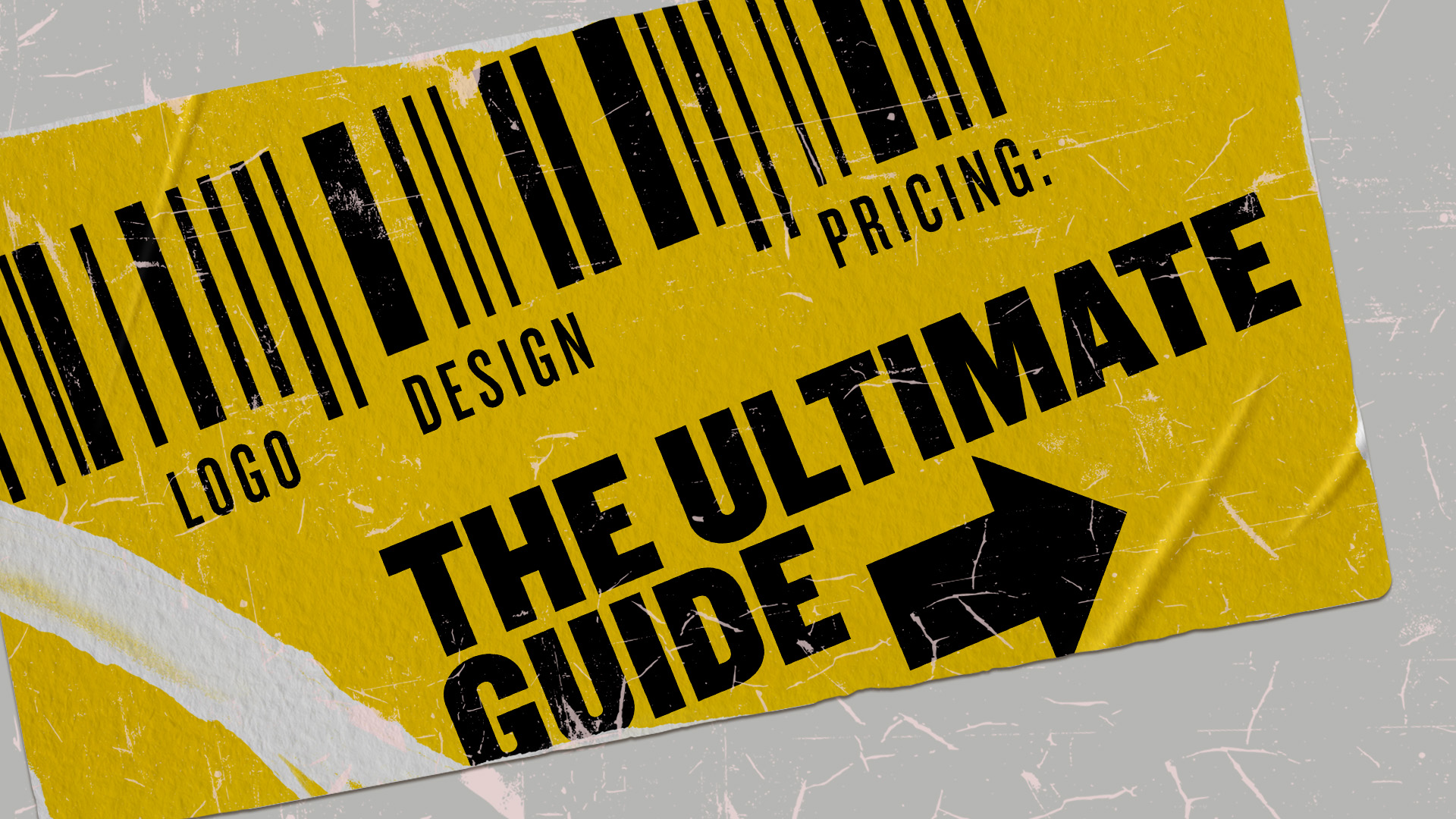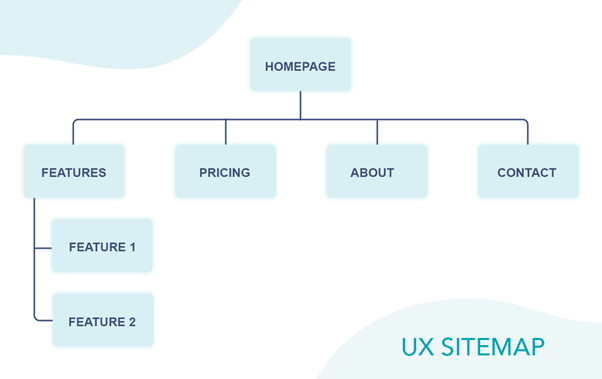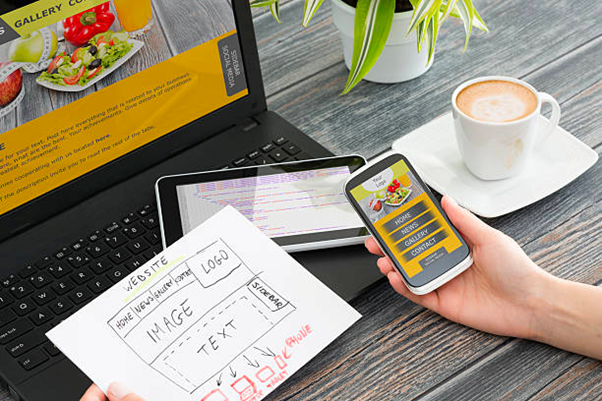As a UX designer, you need to have great communication with the clients and stakeholders of the projects you’re handling. Whether you’re working on a website, mobile app, or a service, you and the clients must be on the same page. Why? Because you need to understand exactly what they need, and they need to be assured you’ll do a great job. To communicate all of this efficiently, and have written evidence of your agreement, you should always write a UX design proposal.
Yes, writing proposals may not be your strongest asset, and this task may seem intimidating. But, it’s crucial for the success of your future UX design projects. So, keep reading to learn about UX design proposals and how to write them with ease.
What is a UX Design Proposal?
Before you start writing one, you need to understand what a UX design proposal is.
Let’s define it first:
A UX design proposal is a written document that summarizes how a UX designer plans on handling a project and meeting the client’s needs.
Simply put, a UX design proposal is written by the UX designer to show the client how they see the project, what are the objectives, and how they’re going to reach them.
This document also serves the purpose of making sure both the UX designer and the client are on the same page. There are no surprises or unexpected moments during their collaboration since everything is clearly stated in the UX design proposal.
Why Write a UX Design Proposal?
Apart from what we’ve covered above, writing a UX design proposal comes with additional benefits. Here’s why you should always write a UX design proposal, for every future project:
- it helps you create a strategy for project realization
- it guides you through the project later on
- it removes ambiguity and misunderstandings
- it shows the client how professional and skilled you are
- it convinces the client to hire you
So, a UX design proposal is not a convenience but a necessity. Now, let’s go to the writing part.
How to Write a UX Design Proposal?
If you’ve never written a UX design proposal, or you have but weren’t happy with how it turned out, it’s time to learn. Here’s our ultimate guide on how to write a UX design proposal.
Just follow each step of the process.
1. Talking to the Client
The preparation part of writing a UX design proposal is communicating with the client. You can’t start writing before you understand what they want and what they expect from you.
So, schedule a meeting with your client and discuss all the details of the upcoming project. Ask questions, take notes, and try to fully understand the client’s perspective.
2. Problem Statement
Your UX design proposal should start with a clearly written problem statement.
A problem statement describes:
- what problems is the client/user facing
- what are the main causes of this problem
- what are the consequences of this problem
Here, you’re defining what the client explained in your initial conversation. You’re showing them you understand their needs and are fully prepared to remove the problem.
When writing this section, try to use your client’s exact words to help them relate to your proposal from the beginning.
3. Setting Objectives
Now that the problem is defined, you’ll move on to setting objectives for the project. In other words, you’ll answer the following question:
What do we want to achieve with this project?
The objectives you set are the most important part of the UX design proposal, both for you and your client. They define:
- the solution you’re offering
- the results the client can expect from you
- the benefits of your proposed solution
So, this section is meant to show the client how your UX design will help them overcome the issues they’re facing, improve their business, offer something better for their users, and achieve their goals.
Be careful not to use too much technical vocabulary. This can confuse the clients and damage the persuasive effect of the UX design proposal.
Instead, write naturally, using the vocabulary they’ll instantly understand.
4. Breaking it Down
Now that the main objectives are defined, and you know what the result should be, you need to break this down a bit and help the client see what your UX strategy is going to be.
To do this, you should break down the project into minor deliverables that will lead to the final result you’ve set. These deliverables are actually:
- different stages of the project
- minor goals for each stage
So, you’ll explain to the client how the UX design project will go down, and in what order will you be handling different tasks that are ahead of you.
This is beneficial for two reasons:
- the client knows what to expect for as long as the project is active
- the client gets insight into how much work you have to do and will understand your pricing better
So, divide your project into stages and explain them all to the client.
5. Timeline
The timeline of the project is important for both parties.
The client wants assurance that you’ll deliver the results as per agreement. And, you don’t want them to rush you or pressure you into finishing the project ASAP.
So, think about the amount of time you need for:
- preparing everything and starting the project
- each stage of the project
- delivering the final result
Create a timeline and include it in your proposal, with precise dates and details.
Also, note that you should mark a period necessary for the client to revise the project, so you could add the final changes and polish the design to make sure the client is fully satisfied.
6. Budget
When you’re working on an agreement with your client, you should always define the budget. The client needs to know precisely how much are your services going to cost.
But, don’t just write the final price without providing some details to as why it costs as much.
Here’s what you can do to make the budget section more client-friendly:
- make more than one offer, defining what each one includes and how much each costs
- divide the project into separate services you’re offering, write the price for each service and then add it all up
Try adding some details and options for the client to consider. This will make it easier for them to accept your offer.
7. Edit & Proofread
Finally, you have to make sure that the UX design proposal is a reflection of your professionalism. You can’t allow for any mistakes or weak spots in this document.
So, before calling it a day, always edit and proofread your copy. If you want a professional to help you, PaperHelp is a writing service that can do it for you. You can also use different online proofreading tools and grammar checkers.
The important thing is there are no typos, grammar mistakes, or poor selection of vocabulary. Your UX design proposal needs to be polished to perfection.
Final Thoughts
A UX design proposal is a valuable document that helps designers close the deal with their clients, and secure stable, healthy communication. It’s a valuable agreement that defines the projects and makes them easier to complete.
Hopefully, our ultimate guide on how to write a UX design proposal helped you understand just how simple it can be. Follow our instructions to write all your future proposals, and you’ll have nothing to worry about.
- Improving your UX and UI Writing – 5 Practical Tips - May 2, 2022
- An Ultimate Guide To Write A UX Design Proposal - August 30, 2021
![]() Give feedback about this article
Give feedback about this article
Were sorry to hear about that, give us a chance to improve.








